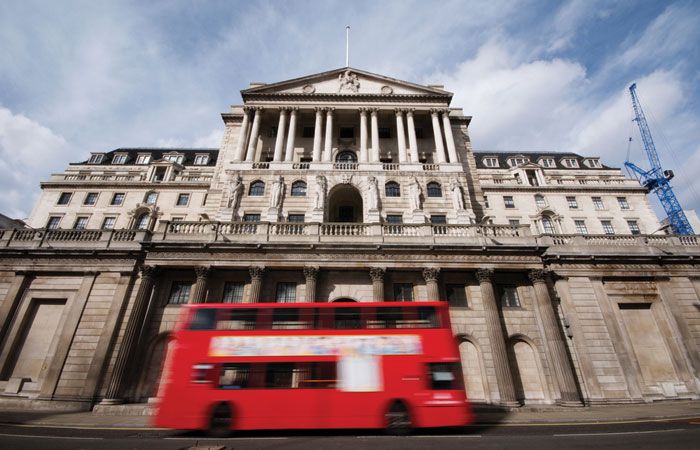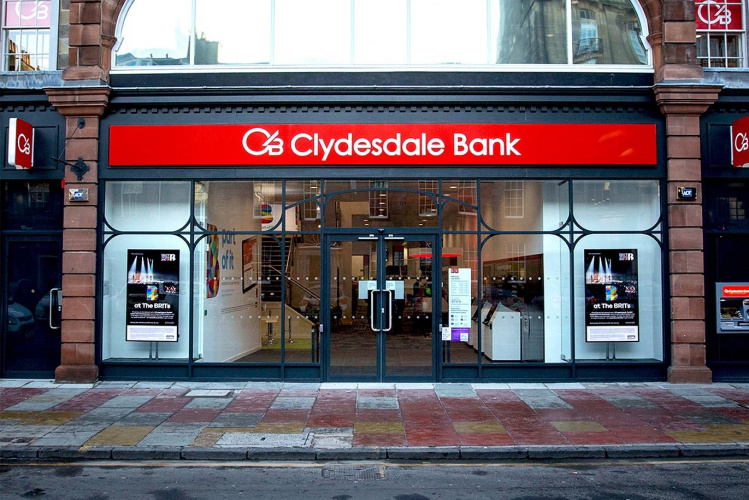
The Bank of England has cut the base rate by 0.25% to 4.75%.
Its rate-setting Monetary Policy Committee voted in an 8 to 1 split in favour of cutting the rate, which affects a wide range of consumer loan agreements from credit card to mortgage payments.
This marks the second rate cut since August when it was lowered from 5.25% to 5%. Prior to that, the BoE made 14 consecutive rate increases.
The rate was held in September at 5%.
The MPC’s decision also follows similar moves by other European central banks, including the ECB, SNB, and Sweden’s Riksbank, which have already made multiple reductions this year.
While today’s cut was widely expected by markets, the Chancellor’s spending Budget on 30 October left it less sure about a further reduction this year.
Last week, EY ITEM Club chief economic advisor Matt Swannell said: “The Monetary Policy Committee has much to consider when thinking about where interest rates will head beyond November.
“On the one hand, inflation has been lower than it anticipated, and with a fall in oil prices, the Bank of England’s updated inflation forecast will be lower over the next year or so. On the other hand, the Budget has loosened the purse strings and will likely lead to an uplift in the Bank of England’s 2025 growth forecast.”
Inflation is currently 1.7%, which sits below the Bank’s 2% target. However, BoE governor Andrew Bailey admitted in October that inflation had fallen “faster than expected”.
The head of the central bank said: “Disinflation is happening, I think faster than we expected it to, but we still have genuine question marks about whether there have been some structural changes in the economy.”
The boost to the economy has left markets betting that the MPC will pause after November and not follow through with a second base rate cut in December, to ensure it does not stoke the economy.



